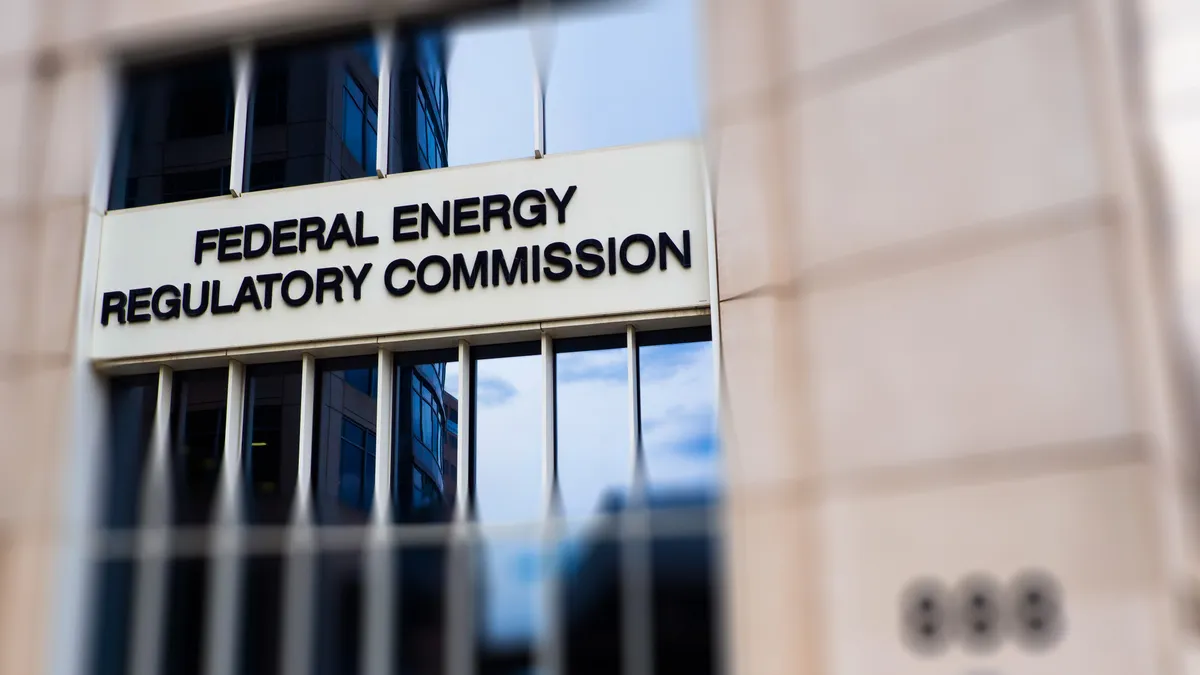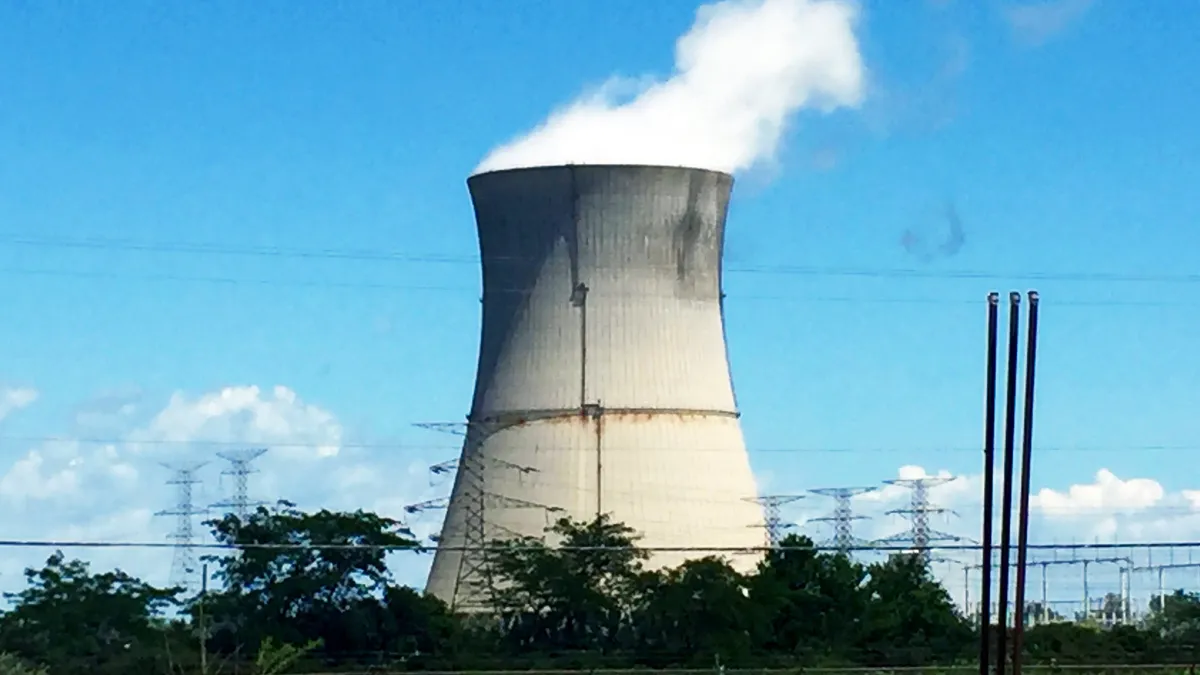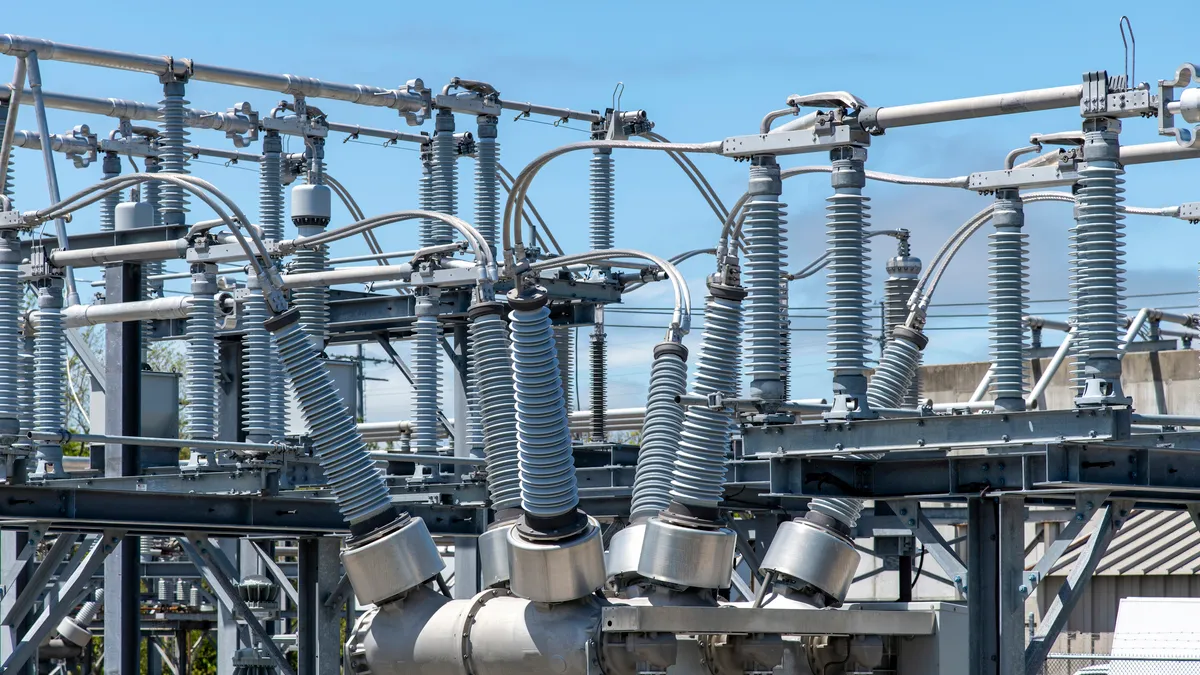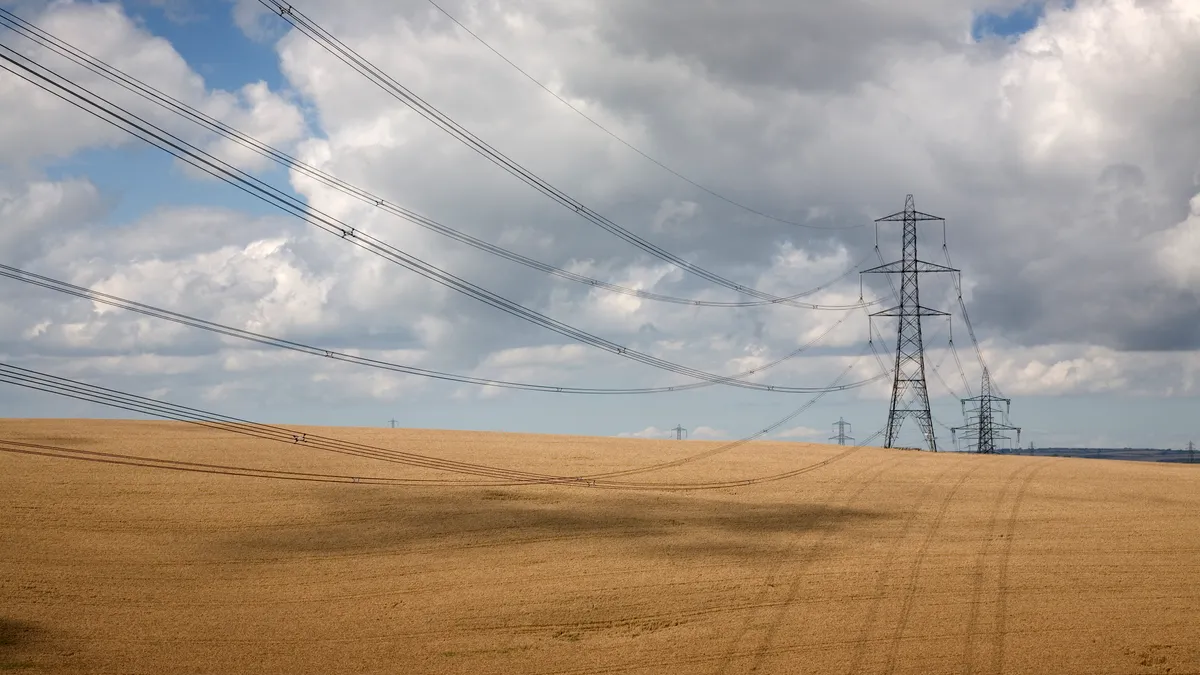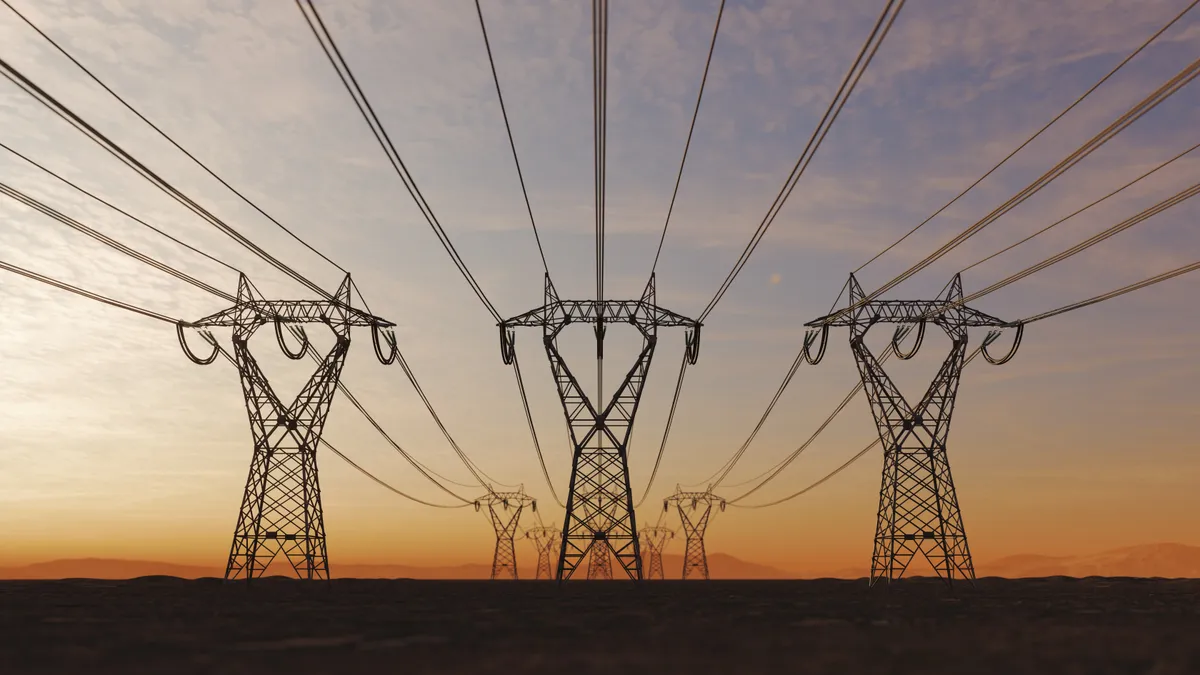This is part of Utility Dive’s ongoing “FERC in Focus” series where we explore trends, challenges and other significant developments affecting the commission.
The U.S. Supreme Court is set to issue decisions this term on two cases that could affect the Federal Energy Regulatory Commission — one dealing with the amount of deference courts give federal agencies when they interpret federal law and the other centering on the use of administrative law judges and enforcement cases.
Oral arguments in the cases have been held and the Supreme Court is expected to issue the decisions by late June.
“2024 could be a monumental year in administrative law that affects all administrative agencies, including FERC,” said William Scherman, a Vinson & Elkins partner and former FERC general counsel.
The end of Chevron deference?
One of the cases centers on the Chevron doctrine, established by the Supreme Court in its 1984 decision in Chevron USA v Natural Resources Defense Council. The doctrine holds that in cases where a federal statute is ambiguous, courts must give federal agencies deference in their interpretation of the law, as long as the interpretation is reasonable.
The doctrine is being challenged in two consolidated cases — Relentless v. Dept. of Commerce and Loper Bright Enterprises v. Raimondo — that seek to overturn a rule issued by the Commerce Department’s National Marine Fisheries Service that requires owners of fishing boats to pay for observers to monitor their operations at sea.
Citing Chevron, federal appeals courts upheld the NMFS rule in August 2022 and March 2023 decisions.
The plaintiffs appealed those opinions to the Supreme Court, asking it to overturn the Chevron doctrine, or at least clarify it. Based on oral arguments held in January, it appears the court will at least significantly limit the doctrine, according to SCOTUSblog, an independent news site that covers the Supreme Court.
How FERC could be affected
However, generally, it doesn’t appear that a decision to limit Chevron will have a major effect on FERC, according to agency experts.
Federal courts typically grant FERC deference unrelated to Chevron when reviewing agency decisions about technical issues such as rates, tariffs and regional transmission organization rules, according to Ari Peskoe, director of the Harvard Law School’s Electricity Law Initiative.
“So, in many cases, courts will continue to defer to FERC decisions regardless of what the Supreme Court says about Chevron, and the reason FERC gets deference is because much of FERC's work is very technical ratemaking, and courts have long deferred to those sorts of technical decisions,” Peskoe said.
Even so, Chevron does come into play in some FERC cases, such as in the agency’s Order 1000 governing transmission planning, according to Peskoe. The U.S. Court of Appeals for the D.C. Circuit applied Chevron in that case to uphold FERC’s interpretation of the Federal Power Act, he said.
The D.C. Circuit also used Chevron to uphold a FERC decision finding that a Broadview Solar solar-battery storage project in Montana is a “qualifying facility” under the Public Utility Regulatory Policies Act. The Edison Electric Institute, a trade group for investor-owned utilities, and NorthWestern Energy asked the Supreme Court to overturn the appeals court ruling. Because the case hinges on the Chevron doctrine, FERC in September asked the court to wait to decide whether it would accept the case until after it makes a decision in Loper Bright.
Former FERC Chairman Richard Glick doubts Chevron’s demise would have a major effect on the agency.
When the Supreme Court established the Chevron doctrine in 1984 during the Reagan administration, it was perceived as affirming conservative executive agency decisions, according to Glick, a principal with GQ New Energy Strategies. Over the years, the criticism shifted and it was seen as a tool that allowed Democrats to take agency actions that Republicans viewed as beyond what Congress intended, he said.
In practice, “I think that judges use Chevron when they want to justify something and then not use Chevron when they want to oppose what the agency did,” Glick said.
If Chevron is eliminated or limited, agencies will have to adapt, according to Scherman.
If there is an ambiguous statute or regulation, FERC and other agencies will need to more clearly explain their interpretations of them, Scherman said. There may then be a two- or three-year period when those decisions are challenged in court and ultimately the agencies and litigants will know what the durable interpretations are and where they stand, he said.
“I do not think overturning Chevron is going to be the end of administrative agencies as we know it,” Scherman said.
Former FERC Commissioner Tony Clark, now a senior advisor with Wilkinson Barker Knauer, echoed Scherman’s assessment. “After the initial shock of it, if it gets overturned, I think it just may become less of a big deal than people think right now,” he said. “It could be a realignment where the agency's making the initial interpretations [of statutes,] but the appellate court will just have to do more of its own analysis.”
Also, it could spur Congress to enact more specific legislation compared to passing “really big statutes and then just kicking it over to an agency to figure out what it means,” Clark said.
Are FERC’s ALJs constitutional?
The second case that could affect FERC — SEC v Jarkesy — is a challenge to the Securities and Exchange Commission’s use of administrative law judges. FERC has 11 ALJs who help resolve contested cases at the direction of the agency, among other duties.
For FERC, it appears a decision in the case will likely mainly affect how it handles natural gas enforcement cases.
The Fifth Circuit Court of Appeals in 2022 overturned an SEC enforcement action against hedge fund manager George Jarkesy, finding that the agency’s use of ALJs was unconstitutional, partly because he was deprived of a jury trial to consider the fraud charges against him.
However, the court may not address the question of whether ALJs in general are constitutional, an issue that didn’t come up during oral argument, according to Scherman, who represents pipeline company Energy Transfer and TotalEnergies Gas & Power North America, companies facing FERC enforcement actions.
The companies filed amicus briefs urging the Supreme Court to affirm the appeals court’s decision. “FERC asserts broad authority to supplant federal courts as the forum to adjudicate penalty claims rooted in common-law fraud, and ultimately to impose crippling civil penalties,” Energy Transfer said in its brief.
During oral argument, the Supreme Court justices focused their questions on the Seventh Amendment’s jury trial right, according to Scherman.
“We're talking about where these cases can be litigated, not whether they can be litigated,” he said. “If the court decides that those cases will have to be litigated in federal court … then FERC will have to establish its jurisdiction in federal court, file a complaint and go from there.”
A decision in the case could affect market manipulation cases under the Natural Gas Act, according to Glick.
Under the NGA, enforcement cases can only be heard by ALJs while the Federal Power Act, which deals with electricity, gives subjects charged with market manipulation the option to go directly to federal court.



